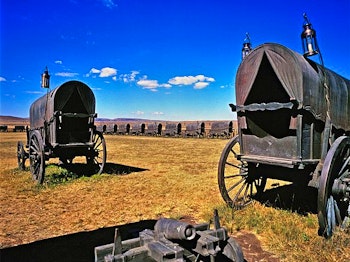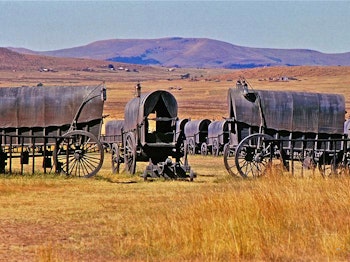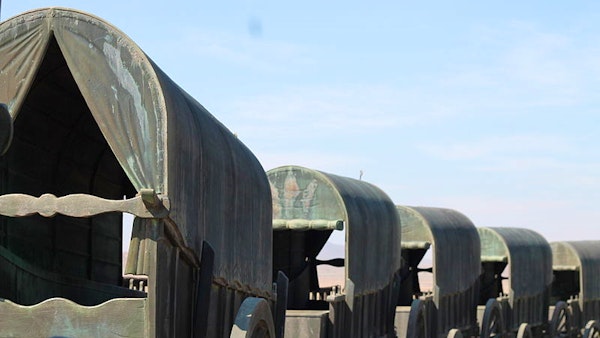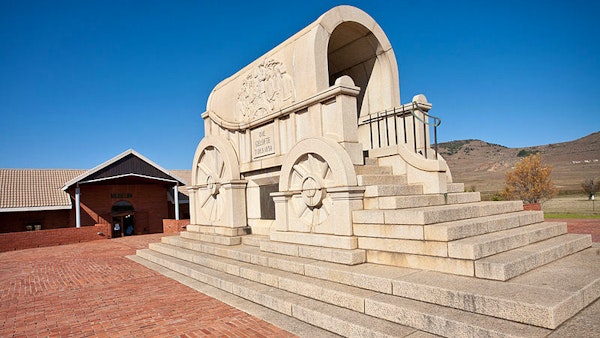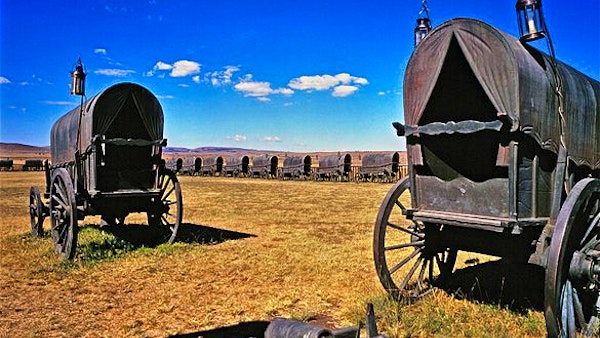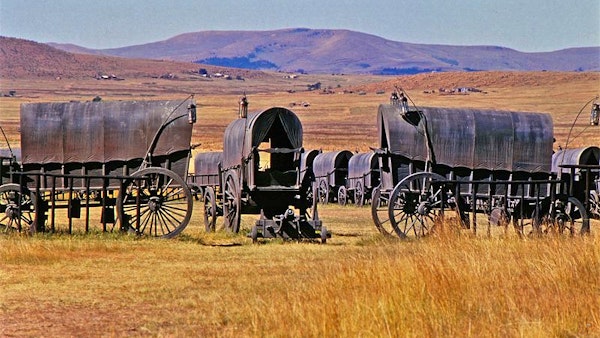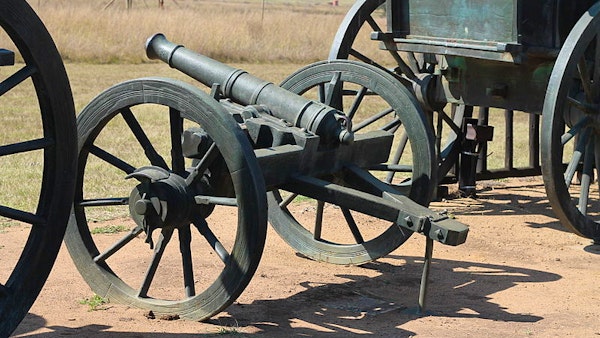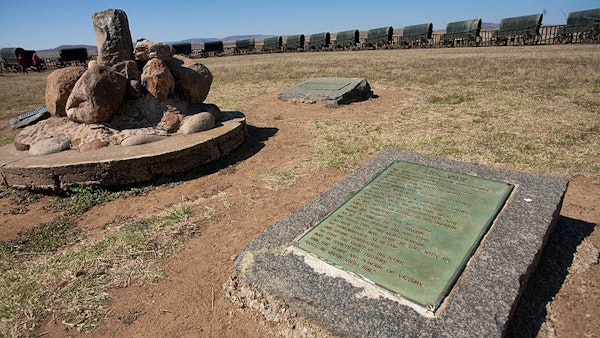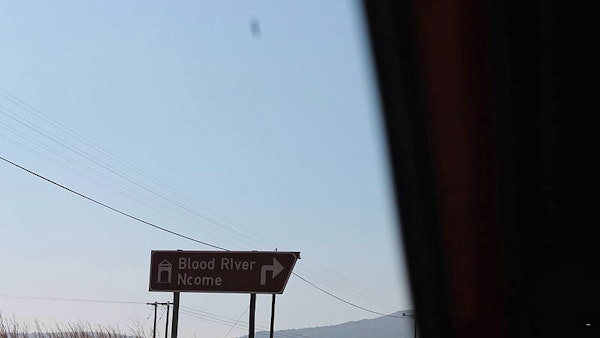Blood River
Description
Blood River is a historic site where Afrikaans and Zulu forces clashed. In previous years Afrikaaners lorded their victory here, but today the day of the battle (December 16) is know as the day of reconciliation in South Africa.
The name 'Blood River' makes this locations violent history obvious. It was here, at Blood River, that one of the fiercest battles between the Voortrekkers and the Zulus was staged. The bank of the Ncome River, as it was known previously, saw a bloody battle fought on its waters. Today, the Ncome monument and museum complex are located to the east of the battle site, while the blood river monument is found to the west. The battle of Blood River was a significant event in South African history, which is commemorated even until now.
In 1838, the Voortrekkers, led by the skilled Andries Pretorius faced off against the Amazulus, who were led by Ndlekla Kasompisi. It was expected to be a close match, but in the end the Voortrekkers won out and defeated the Amazulus. What ensued was a complete bloodbath, as the Amazulus suffered about 3000 casualties in their ranks, with the Voortrekkers walking away largely unscathed. That day, the Ncome River ran red with blood, and thus came to be called the blood river.
The Ncome museum was initiated by Shaka Kasenzangakhona, and officially opened to the public in 1999. The Ncome museum exudes Zulu culture - from the green lands surrounding this museum to the Zulu war horn formation.
For those more interested in Voortrekker history, an impressive 64 replicas of Voortrekkers wagons and three cannons, which were considered pivotal in the Afrikaners’ defeat of the Zulus, can be found at this site.
Coert Steynberg is credited with the design of the Blood River monument commemorating the bloody battle between the Afrikaners and the Zulus in 1838.
Map




















Click here to see more accommodation options
You may also be interested in browsing our selection of accommodation in or reading about
